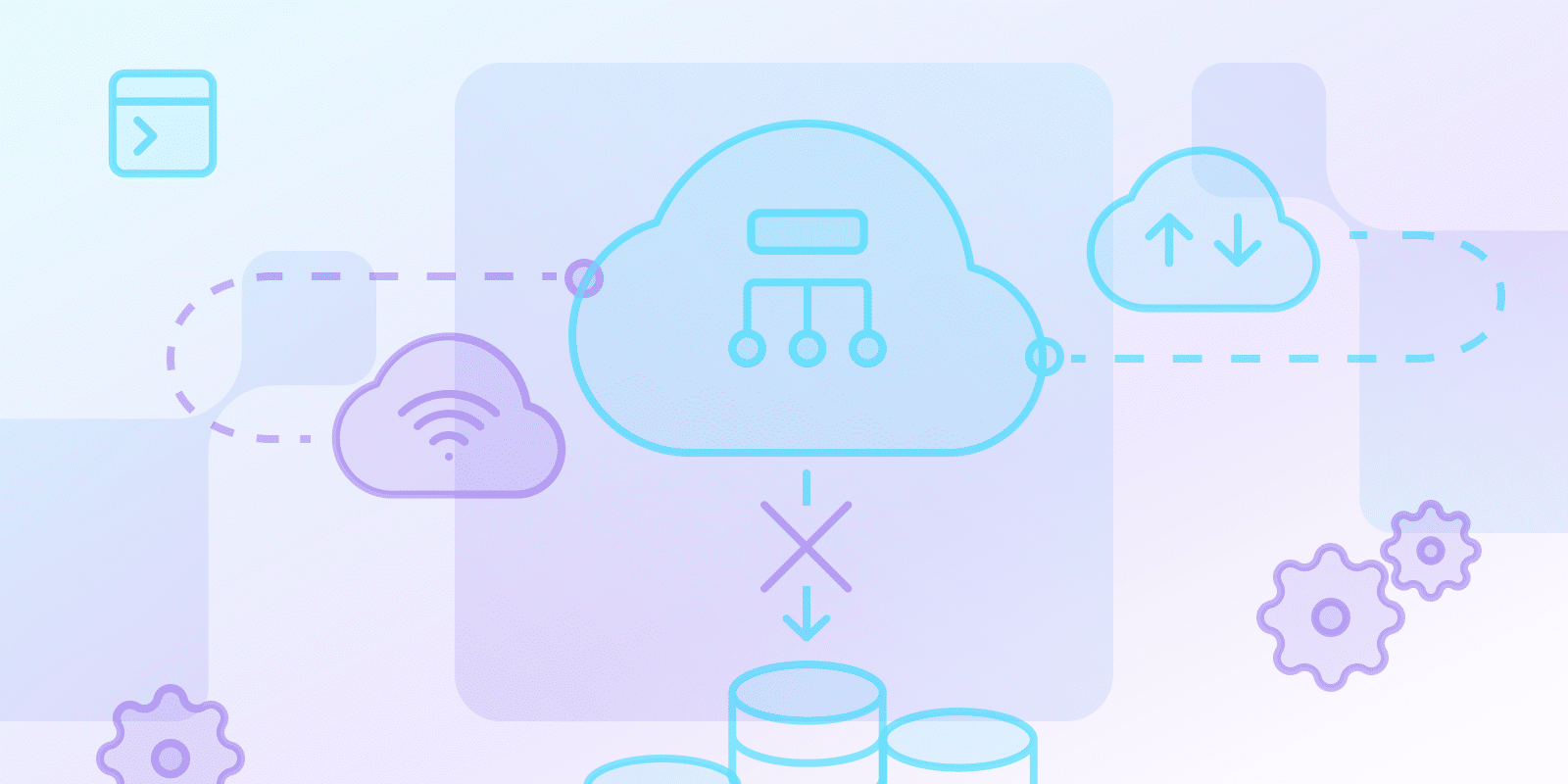서버리스 컴퓨팅
서버리스 컴퓨팅은 정말 서버가 없는 것인가요?

서버리스 컴퓨팅은 정말 서버가 없는 것인가요?
서버리스 컴퓨팅을 사용하면 개발자는 서버와 상호 작용하거나 관리하지 않습니다. 대신 개발자의 주요 역할은 코딩에 집중하는 것입니다. 반면에 클라우드 공급자는 유지 관리, 확장 및 프로비저닝을 담당합니다.
서버는 여전히 서버리스 컴퓨팅의 백그라운드에서 실행됩니다. 개발자가 서버, 운영 체제, 네트워크 및 기타 인프라 부분을 관리하는 대신 클라우드 공급자가 이를 수행합니다. 따라서 서버와 서버리스의 주요 차이점은 개발자가 서버리스 시스템을 직접 관리하지 않는다는 것입니다.
어떤 서버리스 컴퓨팅 서비스를 사용하면 개발자가 서버를 프로비저닝하거나 관리하지 않고도 코드를 실행할 수 있나요?
서버리스 컴퓨팅을 제공하는 클라우드 공급자는 다음과 같습니다.
- AWS 람다: HTTP 요청, 파일 업로드, 데이터베이스 변경 및 기타 이벤트 유형에 응답하기 위해 코드를 실행합니다.
- Azure에서 운영되고 통합됨. Microsoft에서 운영하고 Azure 전반에 통합됨.
- : Google Cloud 이벤트에 의해 트리거되는 코드 스니펫을 위한 서버리스 컴퓨팅.: Google Cloud 이벤트에 의해 트리거되는 코드 스니펫에 대한 서버리스 컴퓨팅.
현재 클라우드 공급자를 살펴보고 이 에코시스템에 맞는 서버리스 도구를 사용하세요. 원활한 전환을 원한다면 개발 환경을 고려하세요.
서버리스 컴퓨팅의 가격 모델은 어떻게 작동하나요?
서버리스 컴퓨팅을 사용할 때 일반적으로 실행당 지불 모델을 사용합니다. 즉, 코드 실행 횟수에 따라 비용을 지불합니다. 메모리 할당 및 코드 실행 시간도 중요한 역할을 합니다.
이 가격 모델에는 장점과 단점이 있습니다. 사용한 컴퓨팅 시간에 대해서만 비용을 지불하므로 매우 비용 효율적이지만 트래픽이 많은 앱은 더 비쌀 수 있습니다. 또한 선불 비용이나 약정은 없지만 비용 모니터링이 중요합니다.
또 다른 이점은 트래픽 급증에 대한 자동 확장이 가능하다는 것입니다. 반면에 초기 시작 시간(소위 '콜드 스타트'라고도 함) 동안 지연 시간이 발생할 수 있습니다.
| 측면 | 장점 | 잠재적 단점 |
|---|---|---|
| 비용 구조 | ||
| 지불 모델 | 실행 기반 지불 (선불 비용 없음) | 트래픽이 많은 앱의 경우 비용이 더 높아질 수 있음 |
| 리소스 할당 | 실제 사용된 컴퓨팅 시간에 대해서만 지불 | 신중한 비용 모니터링 필요 |
| 성능 특성 | ||
| 확장성 | 트래픽 급증에 대한 자동 확장 | 초기 시작 지연 시간("콜드 스타트") |
| 리소스 관리 | 인프라 관리 필요 없음 | 인프라에 대한 제한된 제어 |
| 사용 고려 사항 | ||
| 워크로드 적합성 | 가변적이고 이벤트 기반 워크로드에 이상적 | 장기 실행 또는 예측 가능한 프로세스에는 적합하지 않음 |
| 개발 초점 | 개발자가 코드에 집중할 수 있도록 지원 | 인프라 사용자 지정의 유연성 감소 |
시간 경과에 따른 서버리스 사용량을 모니터링하여 이 접근 방식을 계속해야 할지 결정하십시오. 리소스 할당을 식별하고 필요한 경우에 따라 최적화하십시오.
어떤 시나리오에서 서버리스 컴퓨팅이 이상적인 솔루션이 아닐까요?
- 장기 실행 프로세스: 서버리스 컴퓨팅의 실행 시간 제한을 고려하세요.
- 세부적인 제어 요구 사항: 서버리스는 인프라에 대한 직접적인 개입이 적다는 점을 기억하세요. 필요한 경우 항상 더 나은 맞춤화 기능을 선택할 수 있습니다.
- 트래픽이 많거나 예측 가능한 워크로드: 트래픽 수를 이미 알고 있거나 더 많은 트래픽을 예상하는 경우 서버 기반 모델을 사용하세요.
서버리스 컴퓨팅이 오늘날 효과적으로 사용되는 실제 사례를 제공해 주실 수 있나요?
서버리스 컴퓨팅 다음 인스턴스에서 사용됨:
- 이미지 처리 및 크기 조정: 사용자가 이미지를 업로드하면 서버리스 컴퓨팅이 크기를 조정하거나 변경할 수 있습니다.
- 챗봇/가상 비서: 서버리스 컴퓨팅은 자연어 요청 처리와 인간의 개입을 최소화한 고객 대응에 사용됩니다.
- IoT 데이터 처리: 서버리스 함수는 데이터 스트림을 분석하고 처리할 수 있습니다.
- 백엔드 모바일 및 웹 앱 API: 개발자는 서버리스 컴퓨팅을 사용하여 API를 구축할 수 있습니다.
결론
서버리스 컴퓨팅은 개발자가 필수적인 작업에 집중할 수 있는 시간을 더 많이 제공할 수 있지만, 모든 상황에 적합한 것은 아닙니다. 실행당 지불 모델을 선호하는 경우 이 기술을 사용하세요.
자동 확장 또는 코딩에 집중하기 위해 서버리스 컴퓨팅을 사용할 수도 있지만, 그렇게 할 때 잠재적인 비용을 고려해야 합니다. 성능과 제어 또한 서버리스를 선택할지 아니면 다른 대안을 선택할지에 영향을 미쳐야 합니다.